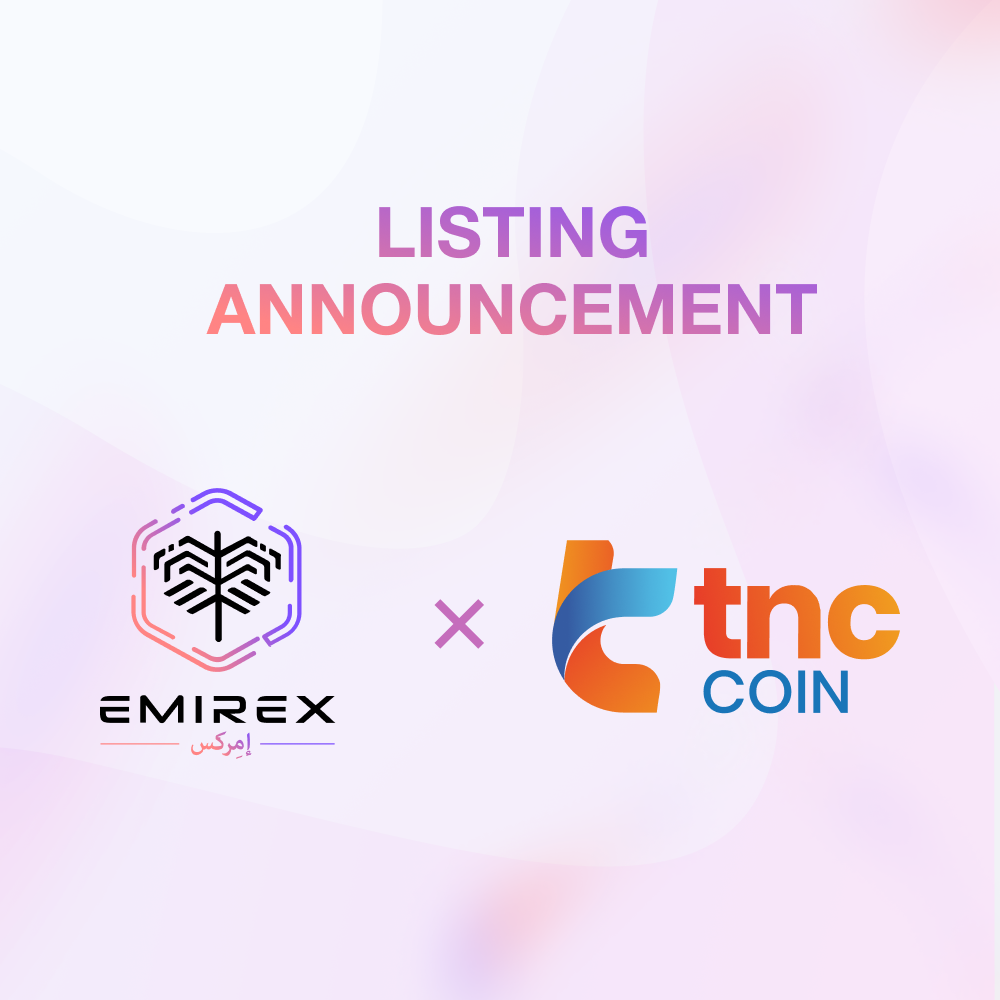Elastic supply tokens are one of the lesser-known of DeFi blooming sectors. The supply of these tokens is algorithmically adjusted through processes called “rebases”.
Elastic Cryptocurrency
On the blockchain, there has been an explosion of new financial products known as decentralized finance (DeFi). Elastic supply tokens are a relatively new and lesser-known idea in the DeFi space.
The supply of these tokens is algorithmically changed using smart contracts through a process known as “rebase”. Elastic supply tokens are sometimes known as rebase tokens because of this. When tokens are valued above or below the desired price, supply changes (rebases) occur, essentially increasing or shrinking their supply.
Definition of Elastic Coin
Elastic supply tokens are assets whose supply is determined by their price and fluctuates appropriately.
The entire token supply of an elastic supply project is essentially customizable. Rebases modify the overall token supply of a given crypto project regularly. Assume you have one ZYX coin with a current value of $5. Tomorrow, you will receive two ZYX coins. Rebasing will cut the value of each coin in half ($2.5) from the previous day.
What’s the Purpose of Tokens With Elastic Supply?
The underlying premise behind this approach is that supply changes ensure that the value of these tokens remains constant. Due to their goal of keeping the value steady, elastic supply tokens are often compared to stablecoins. There are some main distinctions between them.
Stablecoins are based on the fixed exchange rate principle, which maintains the coin price steady by pegging it to another tangible item. Elastic supply tokens, on the other hand, use a time-varying token supply to achieve the desired price.
Elastic supply tokens, unlike stablecoins, do not attempt to remove volatility. Instead, they want to decrease it to the point where the token's intended value is realized. The overall supply of the project is adjusted so that when the price rises, so does the supply. The value of each token decreases as the quantity grows.
Similarly, when the price of a project is reduced, the overall supply of the project is reduced to raise the price. As you can see, the project's entire token supply is driven by the same demand and supply logic.
Are There Any Drawbacks to Using Elastic Supply Tokens?
Investing in tokens with a fluctuating price might be perilous and the possibilities of losing money are increased with elastic supply tokens. Sure, this can help you increase your earnings, but it can also help you increase your losses. If rebases happen when the token price is falling, you will not only lose money, but you will also own fewer and fewer tokens with each rebase!
Another reason why investing in elastic supply tokens might be dangerous is that they are an experimental asset, which means there is a higher possibility that projects' smart contract code could have errors. Examples of elastic supply tokens include Yam Finance (YAM) — BASE Protocol (BASE) — and DEFI 100 (D100).
Conclusions
Despite their infancy, elastic supply token initiatives are gaining traction and may offer up new use cases in the DeFi space. In the future, tokens with elastic values might be a viable alternative to stablecoins.
Sign up for a free Emirex account if you're eager about cryptocurrency investing. You'll get access to 100+ cryptocurrencies as well as the instant exchange. Emirex provides a high-performance API, great investment opportunities, and some of the most novel trading experiences in the market across a wide range of categories, all on a single platform.






